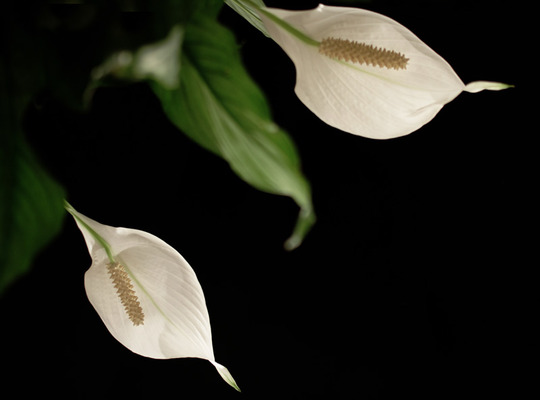



Conceived and directed by Godfrey Reggio, I remember seeing this remarkable film at the New York Film Festival in 1983. Two more films, Powaqqatsi, and Naqoyqatsi, complete the trilogy. These are words from the Hopi language, with Koyaanisqatsi being translated by Reggio as meaning "life out of balance." In his commentary - as a separate piece on the dvd - the director explains that his unique combination of image and music is a way to examine the modern world, the world of technology. He feels we are no longer living in a natural state, but are now living "above" the earth, isolated from our historical connection by the layer of technology that encompasses the globe.
The film's role is to provoke, to raise questions that only the audience can answer. This is the highest value of any work of art, not predetermined meaning, but meaning gleaned from the
experience of the encounter. The encounter is my interest, not the meaning. If meaning is the point, then propaganda and advertising is the form. So in the sense of art, the meaning of KOYAANISQATSI is whatever you wish to make of it.
On the surface level of mechanics, the film consists largely of time lapse images created by the cinematographer Ron Fricke. By now we have seen these images repeatedly - the accelerated traffic flows in New York and Los Angeles; production lines in a Twinkie factory, a hot dog factory, an automobile factory - but there are others of the earth and individuals in the mass of humanity that are perhaps more striking for their inclusion in a vision of machine technology.
This powerful combination of images and music, the latter by Philip Glass, is like few others: there is no linear story, there is no narration, there is no actual subject. It is an experience waiting for a viewer.
 Tuesday, May 29, 2012 at 06:04PM
Tuesday, May 29, 2012 at 06:04PM 





